Top 10 Largest Animals in the World
Animals come in all shapes and sizes, from the tiny bee hummingbird to the gigantic blue whale.
But which animals are truly the biggest? Here we take a look at some of Earth’s largest creatures, from mammals to insects and everything in between.
[1] Blue Whale#

The blue whale is the largest animal on Earth and is part of the baleen whale family.
It can weigh up to 330,000 pounds and stretch to almost 100 feet in length. It has a heart the size of a small car and can consume up to four tons of krill, a small crustacean that it filters from the water using its baleen plates, each day.
Blue whales are found in all the world's oceans and were once heavily hunted for their blubber, which was used for oil. Today, their population is thought to have rebounded somewhat, though they remain an endangered species and are protected by international law.
[2] Saltwater Crocodile#
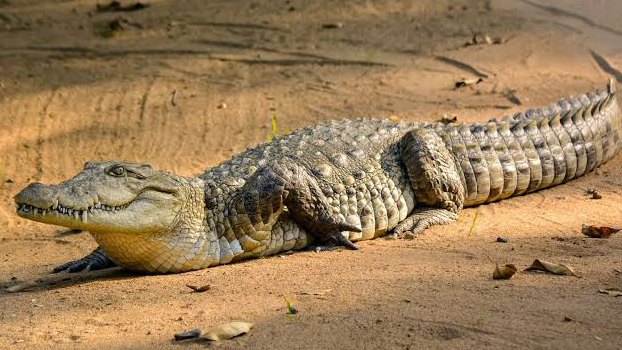
The saltwater crocodile is the largest living reptile and can be found in saltwater habitats, brackish wetlands, and freshwater rivers spanning India, Southeast Asia, the Sundaic region, northern Australia, and Micronesia.
The males can grow up to 23 feet in length, but they rarely go over 2,400 pounds. Females are much smaller, weighing around 440-1,100 pounds.
In addition, these crocodiles are hypercarnivorous apex predators, often ambushing their prey and swallowing it whole or drowning it.
They were once heavily hunted for their skin and currently face threats of illegal killing and habitat loss. Although they are an important part of their ecosystem, they are considered dangerous to humans.
[3] Giraffes#

Giraffes are known for their remarkable height, as they are the tallest land animals on the planet.
On average, they stand between 14.1 to 18.7 feet (4.3 to 5.7 meters) tall, with males being taller than females.
The tallest recorded male giraffe measures 19.3 feet (5.88 meters) tall. Giraffes have long necks and legs, which allow them to reach high places and eat from tall trees. Males use their long necks to fight for dominance and mating rights.
They are found in savannah and grassland habitats across Africa, and their population is currently listed as "Least Concern" by the International Union for Conservation of Nature.
[4] The whale shark#
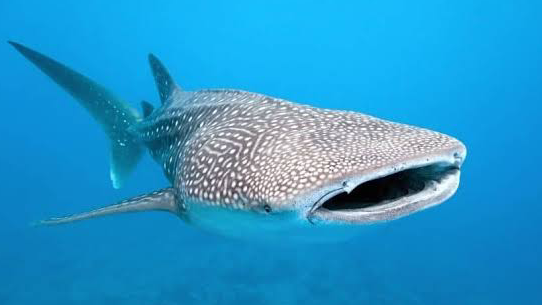
The whale shark is the world's largest fish, with an average length of more than 40 feet (12 meters) and a weight of over 21 tons.
They are filter-feeding carpet sharks that are found in tropical and warm temperate waters around the world. Despite their enormous size, these gentle giants are harmless to humans and feed mainly on tiny plankton.
Threats to whale sharks include accidental capture in fishing nets, pollution, and habitat destruction. To protect them, some countries have established conservation efforts and strict regulations on whale shark tourism activities.
[5] The African Bush Elephant#
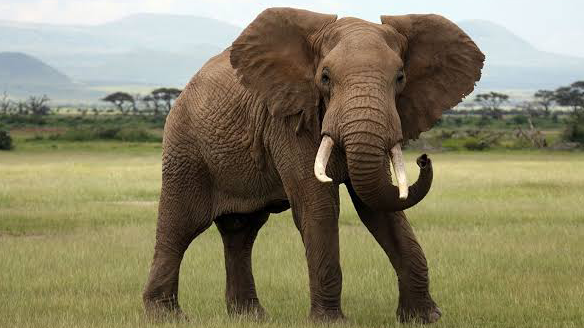
The African bush elephant is one of the two existing species of African elephant and is the world's largest living terrestrial animal.
Adult males can weigh up to 13,000 pounds, while females, on average, weigh around 6,600 pounds. They inhabit various types of ecosystems such as forests, grasslands, woodlands, and wetlands across 37 African countries.
These elephants are herbivores and feed on a variety of grasses, creepers, herbs, leaves, and bark. The species are listed as endangered on the IUCN Red List , and they face threats ranging from habitat destruction to poaching for their meat and ivory.
African bush elephants are highly social animals, living in herds that are made up of females and their offspring, while adult males live alone or in small bachelor groups. Females have a long gestation period that lasts around 22 months before the calf is born.
[6] Hippopotamuses#

Hippopotamuses, or hippos for short, are large semi-aquatic mammals native to sub-Saharan Africa.
The common hippopotamus or 'river horse' is one of only two extant species in the family Hippopotamidae, with the other being the pygmy hippopotamus.
Adult hippos can weigh between 3,300 to 4,000 pounds for males and 2,900 to 3,300 pounds for females. Despite their name meaning "river horse" in Greek, they are more closely related to whales and dolphins than horses.
Hippos are known for their barrel-shaped torsos, wide-opening mouths with large canine tusks, nearly hairless bodies, pillar-like legs, and large size.
They are recognized as one of the most dangerous land animals in Africa and are capable of killing humans.
[7] Polar Bears#
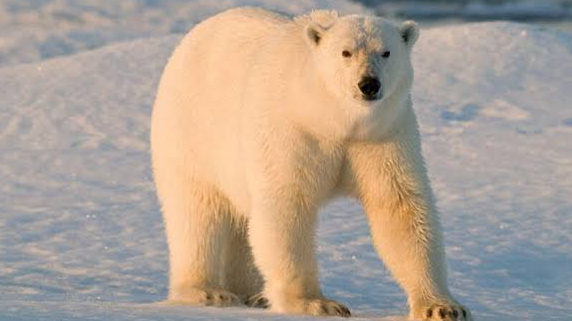
Polar bears are the largest land carnivores in the world and are the only bear species classified as marine mammals.
Adult male polar bears can weigh up to 990 pounds and females typically weigh between 330 and 550 pounds.
They are found in the Arctic Circle region, including the northernmost regions of North America and Eurasia, where they rely on sea ice for hunting.
Polar bears are well-adapted to living in cold environments with noticeable physical characteristics like a thick layer of blubber, dense fur, and black skin to retain heat.
They are also excellent swimmers and can swim for long distances in search of food. Climate change-related loss of sea ice has put polar bears at risk, and they are currently listed as a vulnerable species by the International Union for Conservation of Nature.
[8] Sperm Whales#
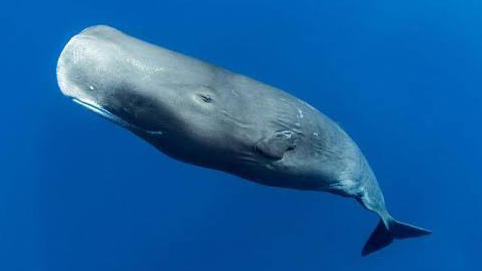
Sperm whales are the largest toothed whales and one of the largest predators on Earth. Adult male sperm whales can grow to be over 60 feet (18 meters) long, with an average weight of around 90,000 pounds or 40,000 kilograms.
Females are smaller, with an average weight of around 31,000 pounds or 14,000 kilograms. These whales are found in all of the world's oceans and feed mainly on large squid, usually diving to depths of around 2,000 meters to hunt.
Sperm whales are easily recognized by their large square-shaped heads, or "noses", and their distinctive clicking and buzzing sounds used for communication and echolocation.
Despite being hunted for their oil and ambergris in the past, today sperm whales are protected by international law and are listed as vulnerable by the IUCN Red List.
[9] Ostrich (Mass: 140 – 320 lbs) #
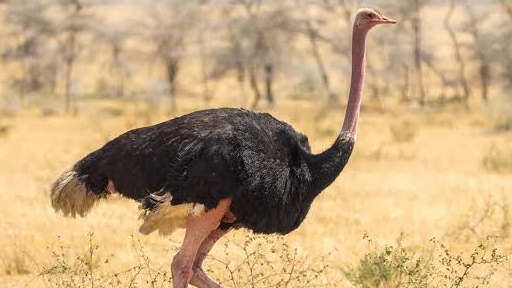
Ostriches are large flightless birds that are native to Africa . Adults can weigh anywhere between 140 to 320 pounds, with males typically larger than females.
They are the largest birds in the world and can run at speeds up to 70 km/h (43.5 mph), making them the fastest birds on land. With their ability to lay the largest eggs of any living land animal , ostriches are farmed worldwide, with significant industries in the Philippines and Namibia.
Ostrich leather is a valuable commodity, and the large feathers are used as plumes for ceremonial headgear. Though ostriches are not presently in danger of extinction, habitat loss, hunting for feathers, and poaching for meat and leather do threaten wild populations.
[10] Southern Elephant Seal#
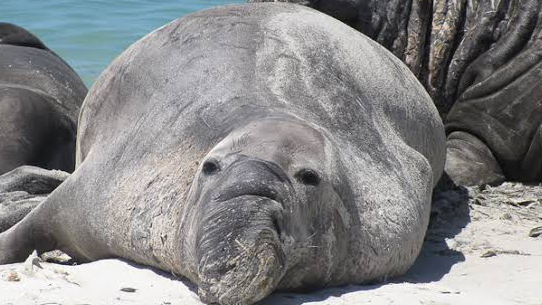
Southern elephant seals are the largest members of the Pinnipedia clade and are the largest extant marine mammal that is not a cetacean.
Adult male southern elephant seals can weigh anywhere from 2,200 to 8,800 pounds, while females generally weigh between 880 and 2,000 pounds.
These seals have a circumpolar distribution, with breeding colonies found on sub-Antarctic islands and along the Antarctic continent.
They are named after the large, trunk-like proboscis of adult males, which is used to produce loud roars, especially during the breeding season.
Southern elephant seals are apex predators, feeding primarily on squid, fish, and krill, and can hold their breath for up to two hours when diving.
Despite having once been heavily hunted for their oil and hides, southern elephant seals have made a comeback and are currently listed as a species of Least Concern on the IUCN Red List.